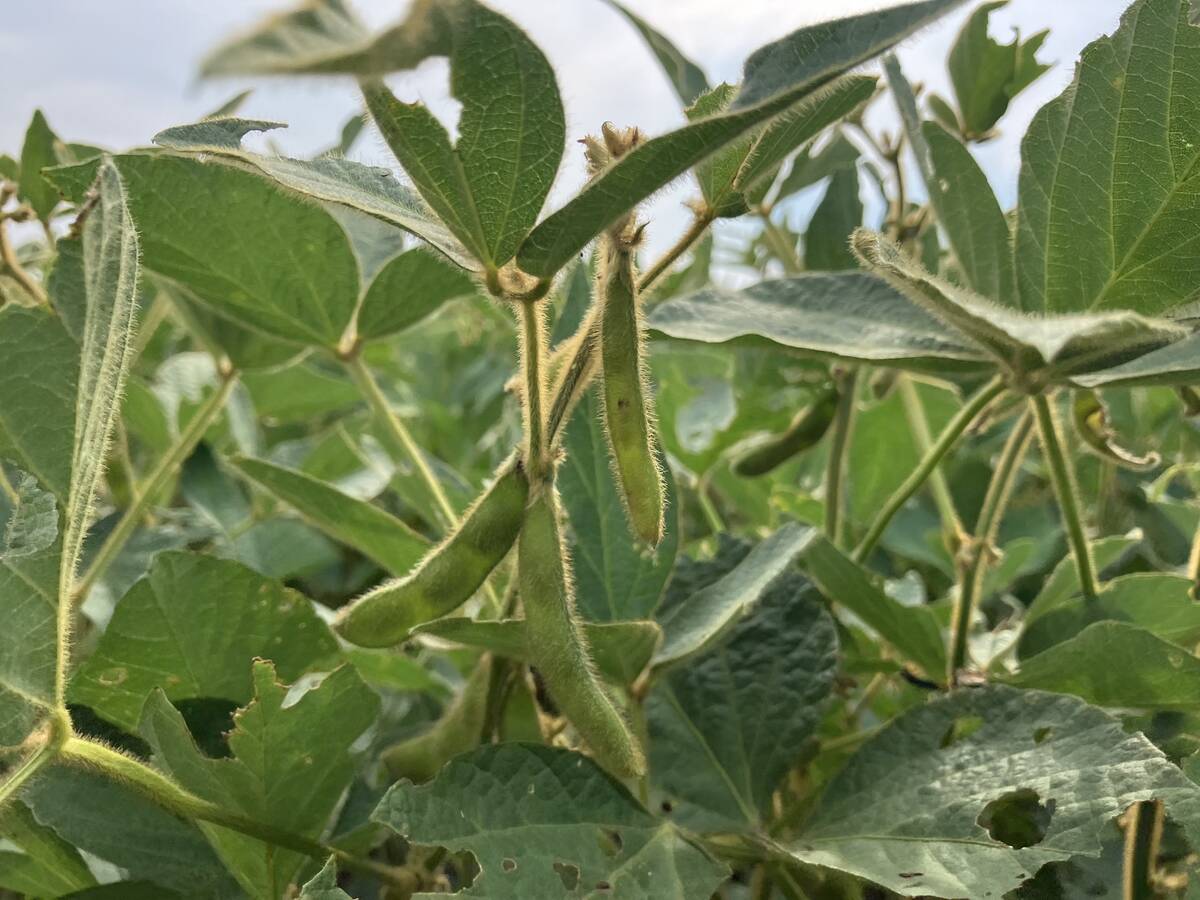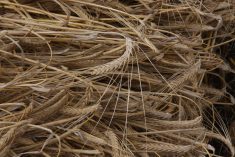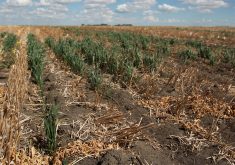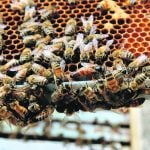Now is the time for producers to start checking their canaryseed for aphids.
If an insecticide is necessary, it should be applied at early heading, usually in late July or early August.
Later spraying is worthless because aphids do little economic damage after the soft-dough stage.
Ray McVicar, special crops specialist with Saskatchewan Agriculture, said aphids can blow in from the south.
“Canaryseed in Saskatchewan is affected by the bird cherry-oat aphid, which is very dark green, and the English grain aphid, which is light green.”
Read Also

U.S. loses out on sales of soybean to China
U.S. soybean exporters risk missing out on billions of dollars worth of sales to China this year as trade talks drag on and buyers in the top oilseed importer lock in cargoes from Brazil.
Aphids often hide along the small stem inside the canaryseed head. When counting aphids, producers should bend the head and closely inspect it to determine infestation levels.
The bird cherry oat aphid will also feed on the stems, underside of leaves and in the canaryseed boot, the area where the flag leaf joins the central stem, before heading.
“Because canaryseed prices are lower this year, the approximate economic threshold level is 20 aphids on 50 percent of stems,” said Scott Hartley, Saskatchewan’s insect control specialist.
“This economic threshold number is reduced as the price of canaryseed increases,” Hartley said.
Malathion/Fyfanon and dimethoate (Cygon and Lagon) are registered for control of aphids in canaryseed.
















